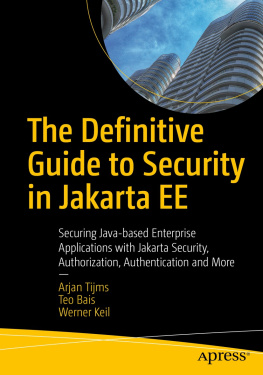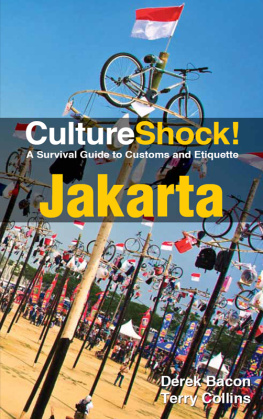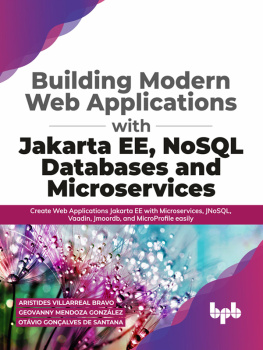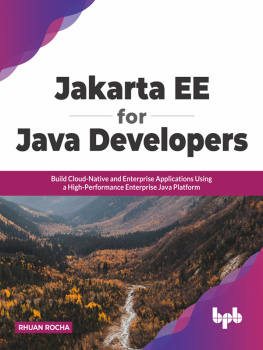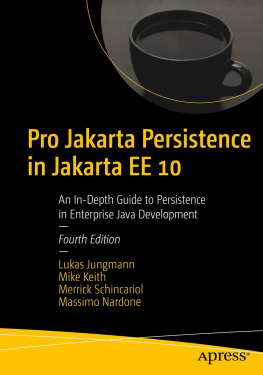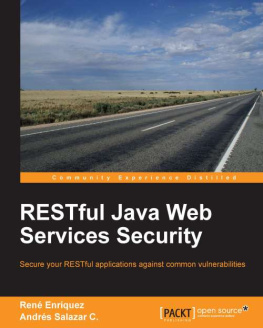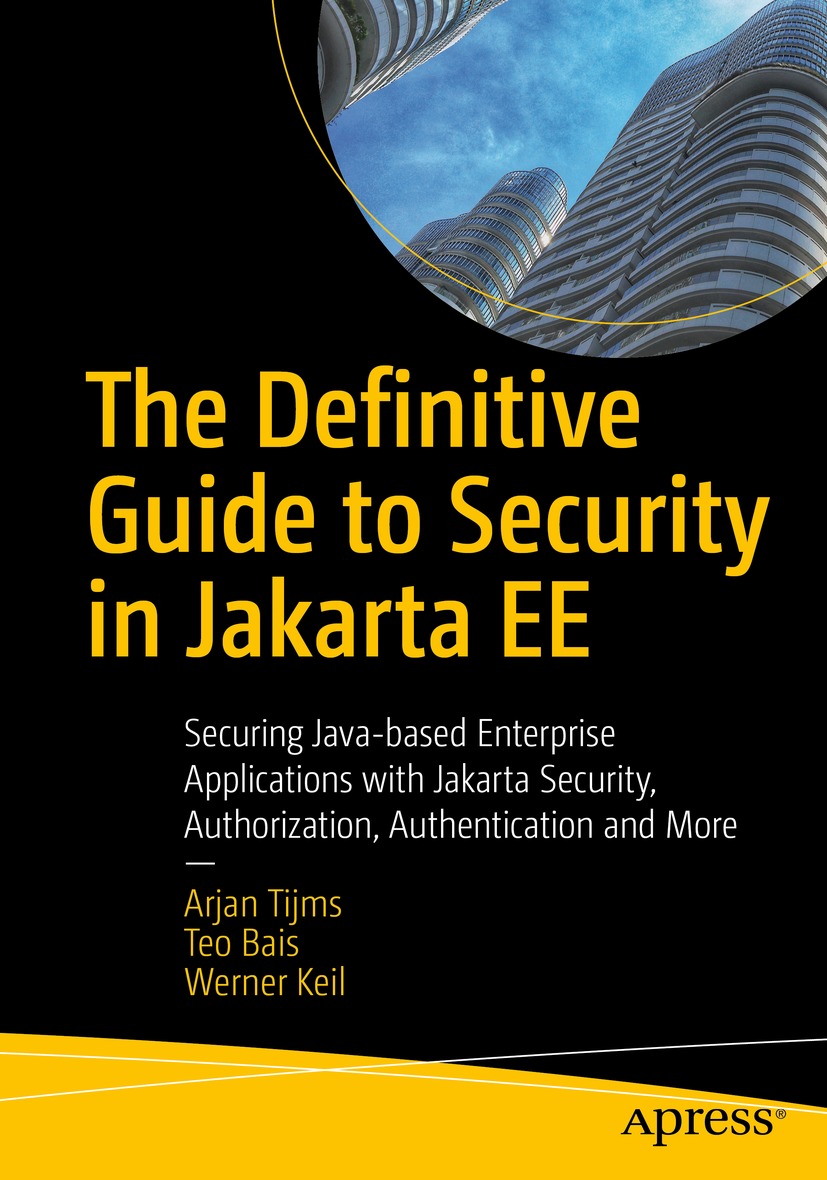Arjan Tijms - The Definitive Guide to Security in Jakarta EE: Securing Java-based Enterprise Applications with Jakarta Security, Authorization, Authentication and More
Here you can read online Arjan Tijms - The Definitive Guide to Security in Jakarta EE: Securing Java-based Enterprise Applications with Jakarta Security, Authorization, Authentication and More full text of the book (entire story) in english for free. Download pdf and epub, get meaning, cover and reviews about this ebook. year: 2022, publisher: Apress, genre: Computer. Description of the work, (preface) as well as reviews are available. Best literature library LitArk.com created for fans of good reading and offers a wide selection of genres:
Romance novel
Science fiction
Adventure
Detective
Science
History
Home and family
Prose
Art
Politics
Computer
Non-fiction
Religion
Business
Children
Humor
Choose a favorite category and find really read worthwhile books. Enjoy immersion in the world of imagination, feel the emotions of the characters or learn something new for yourself, make an fascinating discovery.
- Book:The Definitive Guide to Security in Jakarta EE: Securing Java-based Enterprise Applications with Jakarta Security, Authorization, Authentication and More
- Author:
- Publisher:Apress
- Genre:
- Year:2022
- Rating:4 / 5
- Favourites:Add to favourites
- Your mark:
The Definitive Guide to Security in Jakarta EE: Securing Java-based Enterprise Applications with Jakarta Security, Authorization, Authentication and More: summary, description and annotation
We offer to read an annotation, description, summary or preface (depends on what the author of the book "The Definitive Guide to Security in Jakarta EE: Securing Java-based Enterprise Applications with Jakarta Security, Authorization, Authentication and More" wrote himself). If you haven't found the necessary information about the book — write in the comments, we will try to find it.
The book discusses Jakarta EE Security in relation to SE underpinnings and provides a detailed explanation of how client-cert authentication over HTTPS takes place, how certifications work, and how LDAP-like names are mapped to caller/user names. General (web) security best practices are presented, such as not storing passwords in plaintext, using HTTPS, sanitizing inputs to DB queries, encoding output, and explanations of various (web) attacks and common vulnerabilities are included.
Practical examples of securing applications discuss common needs such as letting users explicitly log in, sign up, verify email safely, explicitly log in to access protected pages, and go direct to the log in page. Common issues are covered such as abandoning an authentication dialog halfway and later accessing protected pages again.
What You Will Learn
- Know what Jakarta/Java EE security includes and how to get started learning and using this technology for todays and tomorrows enterprise Java applications
- Secure applications: traditional server-side web apps built with JSF (Faces) as well as applications based on client-side frameworks (such as Angular) and JAX-RS
- Work with the daunting number of security APIs in Jakarta EE
- Understand how EE security evolved
Who This Book Is For
Java developers using Jakarta EE and writing applications that need to be secured (every application). Basic knowledge of Servlets and CDI is assumed. Library writers and component providers who wish to provide additional authentication mechanisms for Jakarta EE also will find the book useful.
Arjan Tijms: author's other books
Who wrote The Definitive Guide to Security in Jakarta EE: Securing Java-based Enterprise Applications with Jakarta Security, Authorization, Authentication and More? Find out the surname, the name of the author of the book and a list of all author's works by series.

